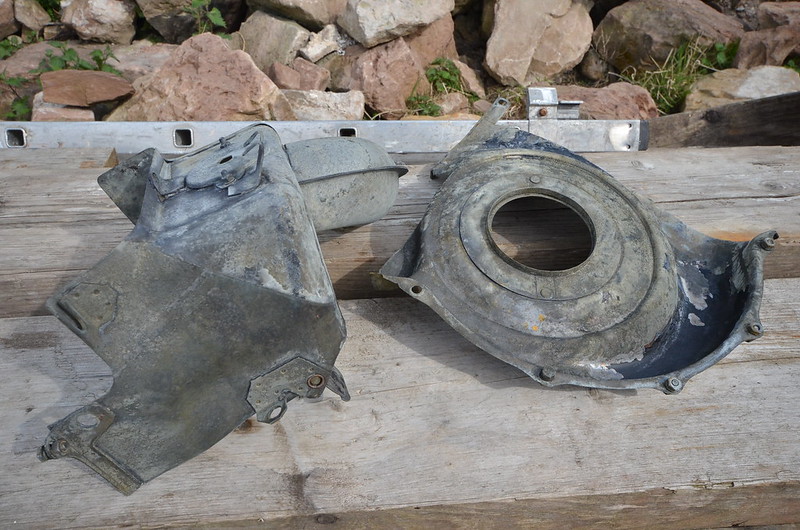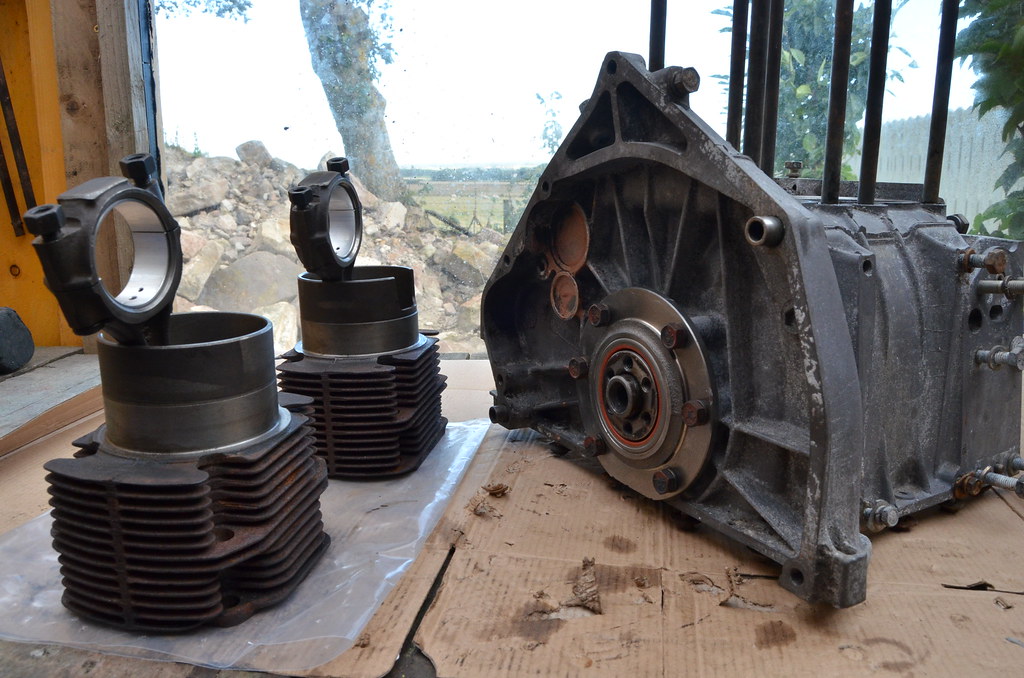Good that's what I like to hear.
I used Autotek VHT paint if I remember correctly on the block, it's able to take temps up to some silly figure but as it gets pretty close to the exhaust I thought it would be better safe than sorry and having it peel off. So far it's been okay after a couple of years only peeling a bit where I didn't get all the grease out of the little nooks and crannies.
You can pick it up on eBay for about £15 for two cans.
The 650 lump was in pretty good nick under the grime probably protected by all the oil leaks it had.
I used Autotek VHT paint if I remember correctly on the block, it's able to take temps up to some silly figure but as it gets pretty close to the exhaust I thought it would be better safe than sorry and having it peel off. So far it's been okay after a couple of years only peeling a bit where I didn't get all the grease out of the little nooks and crannies.
You can pick it up on eBay for about £15 for two cans.
The 650 lump was in pretty good nick under the grime probably protected by all the oil leaks it had.












